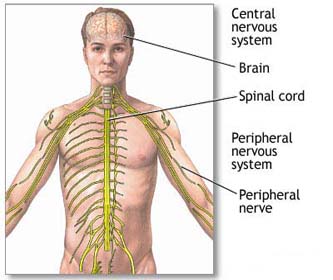RESTLESS LEG SYNDROME SURGERY IN INDIA

What causes restless leg syndrome ?
The cause of restless leg syndrome is unknown in most patients. However, restless leg syndrome has been associated with pregnancy, obesity, smoking, iron deficiency and anemia, nerve disease, polyneuropathy (which can be associated with hypothyroidism, heavy metal toxicity, toxins, and many other conditions), other hormone disease, such as diabetes, and kidney failure. Some drugs and medications have been associated with restless leg syndrome including caffeine, alcohol, H2-histamine blockers, and certain antidepressants
What is the treatment for restless leg syndrome ?
Treatment of restless leg syndrome is first directed toward any underlying illness, if known. For example, a search for iron deficiency by blood testing to reveal underlying iron deficiency anemia. Reduction or elimination of caffeine and alcohol can be very helpful. Stopping smoking can also diminish symptoms. Getting better sleep and exercise can help some persons affected by restless legs.
Medications used to treat restless leg syndrome include carbidopa-levodopa, opioids (such as propoxyphene) or tramadol (Ultram) for intermittent symptoms, carbamazepine, clonazepam, diazepam, triazolam, temazepam, baclofen, bromocriptine, and clonidine. Also, recently, gabapentin (Neurontin) has been found helpful. The FDA has now approved ropinirole (Requip) and pramipexole (Mirapex) for the treatment of restless leg syndrome. Other treatments that have been helpful for some patients include avoiding caffeine, warm/cold baths, electric nerve stimulation, oral magnesium, and acupuncture.

What are common signs and symptoms of restless legs ?
As described above, people with RLS feel uncomfortable sensations in their legs, especially when sitting or lying down, accompanied by an irresistible urge to move about. These sensations usually occur deep inside the leg, between the knee and ankle; more rarely, they occur in the feet, thighs, arms, and hands. Although the sensations can occur on just one side of the body, they most often affect both sides.
Because moving the legs (or other affected parts of the body) relieves the discomfort, people with RLS often keep their legs in motion to minimize or prevent the sensations. They may pace the floor, constantly move their legs while sitting, and toss and turn in bed.
Most people find the symptoms to be less noticeable during the day and more pronounced in the evening or at night, especially during the onset of sleep. For many people, the symptoms disappear by early morning, allowing for more refreshing sleep at that time. Other triggering situations are periods of inactivity such as long car trips, sitting in a movie theater, long-distance flights, immobilization in a cast, or relaxation exercises.
RLS is found even in kids. Little did I know that the reason I used to keep moving my legs while trying to fall asleep when I was about 7 years old was because of the restless leg syndrome. Just like many people, I have learned to live with it. Since people keep moving around during the day or because their mind is diverted to the other tasks they have to take care of during the day, they do not feel the symptoms of the RLS while at work.














